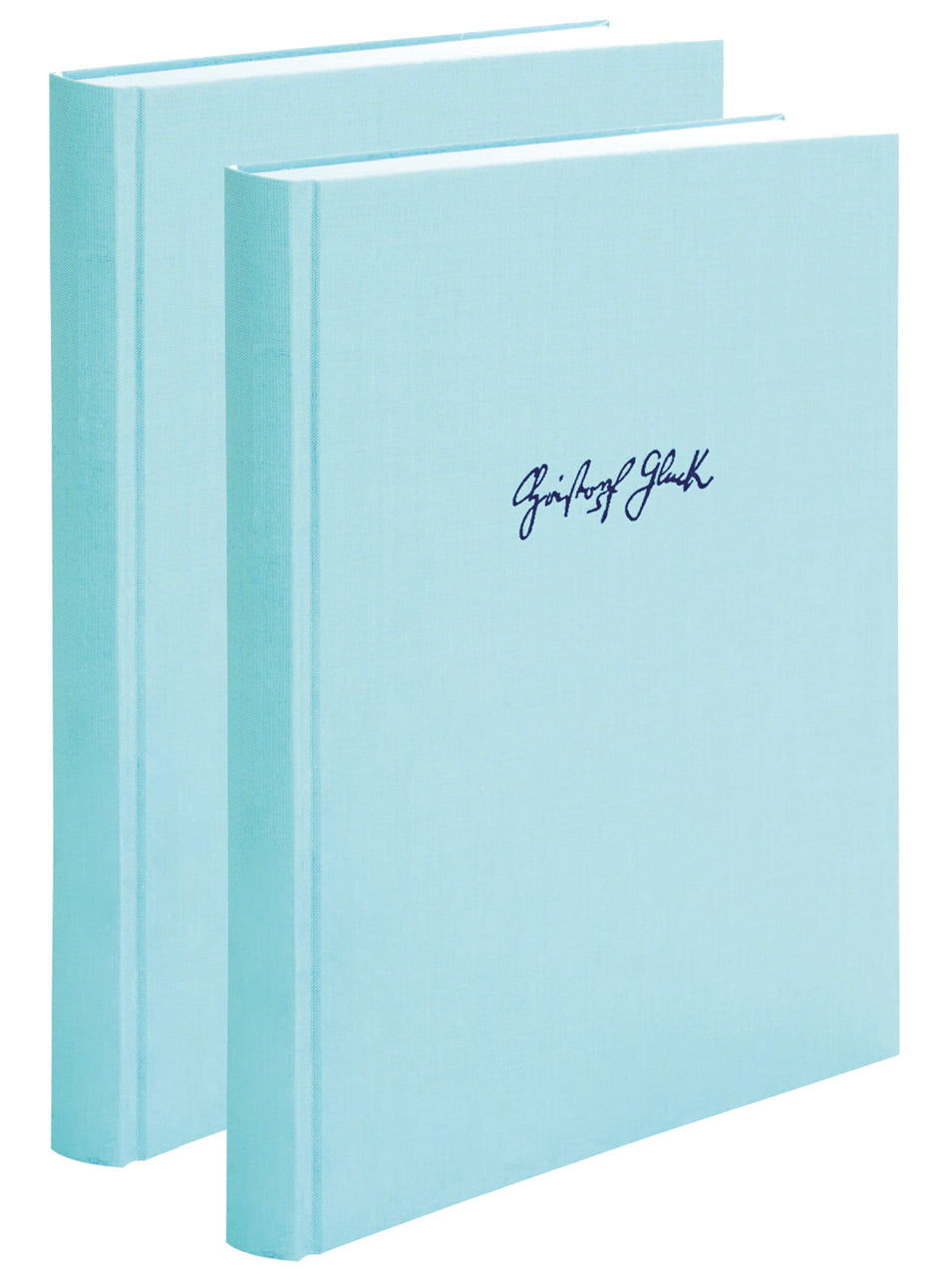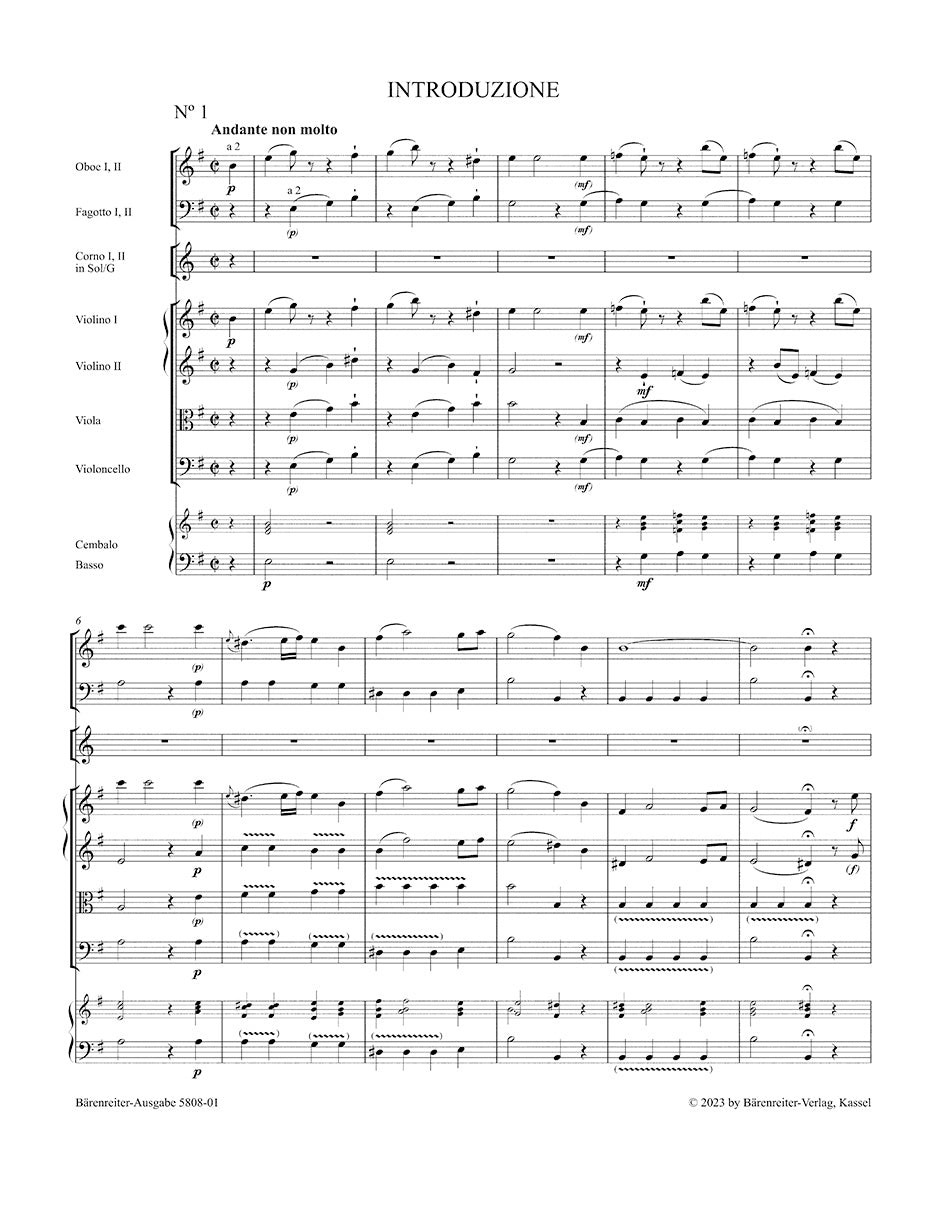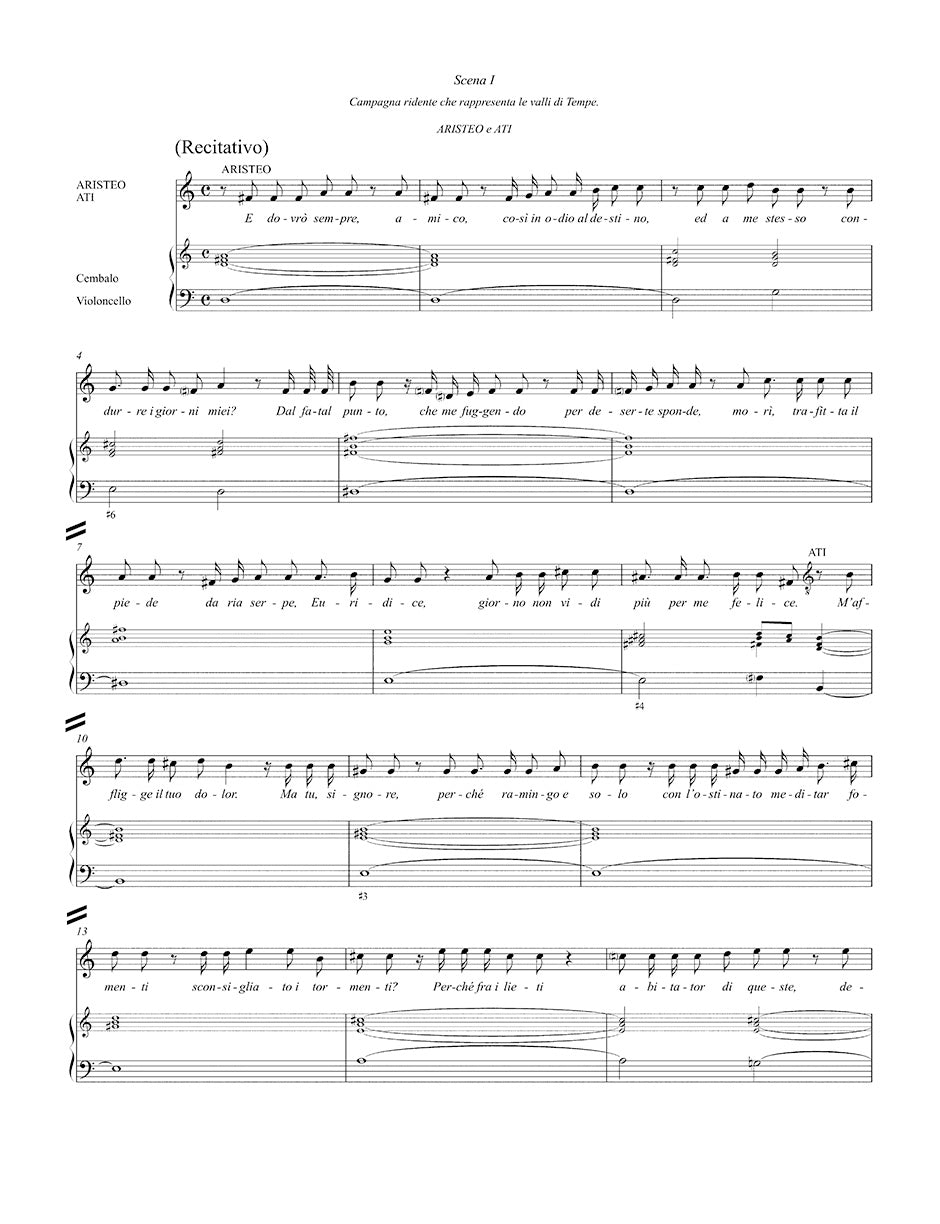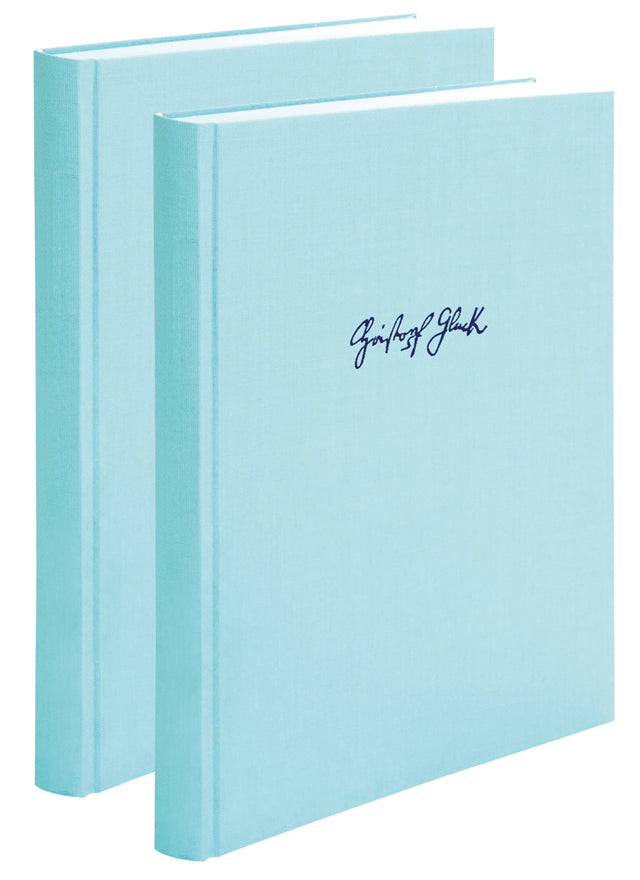Gluck: Le feste d'Apollo
Complete Edition III/28
Expected to ship in about a week.
- Composer: Christoph Willibald Gluck (1714-1787)
- Editor: Gabriele Buschmeier
- Format: Full Score
- Instrumentation: Opera
- Work: Le feste d'Apollo, Wq. 38
- Binding: Hardcover
- ISMN:
- Size: 10.4 x 13.0 inches
- Pages: 1,045
Description
The Festa teatrale "Le feste d'Apollo" is the last commissioned composition that Gluck wrote for the House of Habsburg for a festive occasion. As part of lavish celebrations for the wedding of Archduchess Maria Amalia to Duke Ferdinand of Bourbon-Parma, the festive opera consisting of an allegorical prologue and three thematically independent acts ("Atto di Bauci e Filemone", "Atto d'Aristeo" and "Atto d'Orfeo") was premiered on August 24, 1769 in Parma with the "Prologo" and the "Atto d'Orfeo". in accordance with its formal structure, the individual parts of the work were repeatedly performed separately on a total of 13 evenings until the end of the wedding celebrations. This made "Le feste d'Apollo" part of an important political and artistic event that attracted a great deal of attention throughout Europe.
For Gluck, the arrangement of his "Orfeo ed Euridice" which constituted the third act of the festival opera was the prelude to a far-reaching reception of his Azione teatrale, which had premiered in Vienna almost seven years earlier, with numerous productions in Italy and other European opera centers. The great interest was due in no small part to the title role being arranged for soprano, which made the Orfeo part accessible to the famous soprano castrati of the time.
The sources for the four parts of "Le feste d'Apollo" are different in each case and quite extensive, especially for the "Atto d'Orfeo". As is typical for the transmission of most of Gluck's compositions, neither a complete autograph score nor the musical material prepared for the premiere in Parma has survived. Only two autograph score fragments for the choruses "Del figlio d'Apollo" and "Eccheggiar s'odano" from the "Atto d'Aristeo" have come down to us separately. Also, only one contemporary copy of the score has survived, which contains the entire Festa teatrale, as well as other copies of scores of individual or several acts from the period.
In addition to the detailed Foreword to the volume, which provides information on the historical context, the artistic conditions in Parma, the genesis and premiere, the text, plot and music of the edited festive opera, the volume contains exemplary excerpts from the sources as well as further illustrative material; the Critical Commentary provides information on the source situation and evaluation, editing technique and performance practice. Gluck's Festa teatrale "Le feste d'Apollo" is published in print for the first time in this volume.
Publishers use a lot of words to describe what they sell, and we know it can be confusing. We've tried to be as clear as possible to make sure you get exactly what you are looking for. Below are descriptions of the terms that we use to describe the various formats that music often comes in.
Choral Score
A score for vocalists that only contains the vocal lines. The instrumental parts are not there for reference. Generally, cheaper than a vocal score and requires multiple copies for purchase.
Facsimile
Reproductions of the original hand-written scores from the composer.
Full Score
For ensemble music, this indicates that the edition contains all parts on a single system (there are not separate parts for each player). In larger ensembles, this is for the conductor.
Hardcover
Hardbound. Generally either linen-covered or half-leather.
Orchestral Parts
Similar to a wind set, this is a collection of parts. In the case of strings, the numbers listed are the number of copies included, though generally these are available individually (often with minimum quantities required).
Paperback
When publishers offer multiple bindings (e.g. hardcover) or study scores, this is the "standard" version. If you're planning to play the music, this is probably what you want.
Performance / Playing Score
A score of the music containing all parts on one system, intended for players to share. There are not separate parts for each player.
Set of Parts
For ensemble music, this indicates that there are separate individual parts for each player.
Solo Part with Piano Reduction
For solo pieces with orchestra, this is a version that contains a piano reduction of the orchestra parts. For piano pieces, two copies are typically needed for performance.
Study Score
A small (think choral size) copy of the complete score meant for studying, and not playing. They make great add-ons when learning concertos and small chamber works.
Vocal Score
A score prepared for vocalists that includes the piano/organ part or a reduction of the instrumental parts.
Wind Set
For orchestral music, this is a collection of wind and percussion parts. The specific quantities of each instrument are notated.
With Audio
In addition to the printed music, the edition contains recordings of the pieces. This may be an included CD, or access to files on the internet.
With / Without Fingering (Markings)
Some publishers prepare two copies - a pure Urtext edition that includes no fingering (or bowing) suggestions and a lightly edited version that includes a minimal number of editorial markings.





